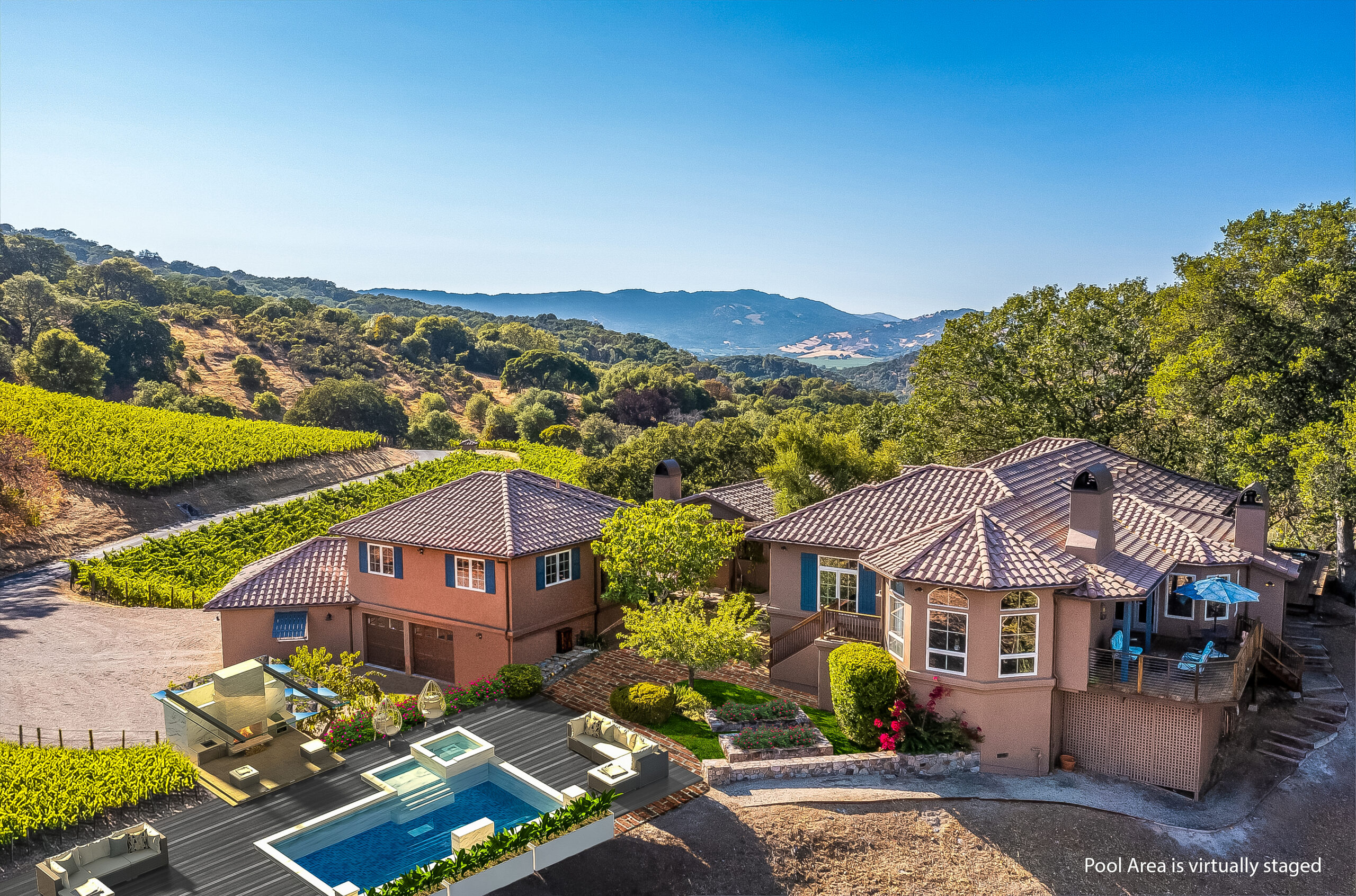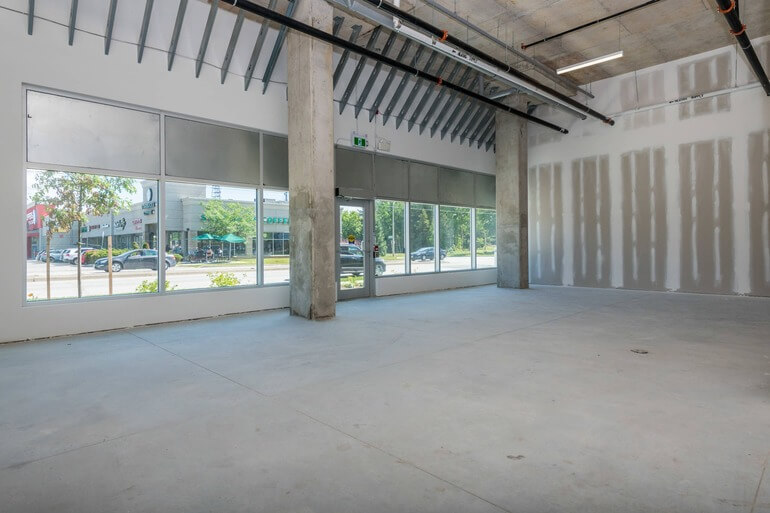Table of Contents
- What Is Virtual Staging for Real Estate Sales?
- The Strong Advantages of Using Virtual Staging
- How to Leverage Virtual Staging for Real Estate Sales
- How to Ensure Your Virtual Staging Is Legal
- Partner With PhotoUp for Affordable Virtual Staging
Virtual staging for real estate sales has become a mainstream part of the marketing efforts of photographers and agents wanting the absolute best images for their listings.
Even in the current strong seller’s market, savvy homeowners and their agents know virtual staging will quickly get them the best offers.
Increasing numbers of sales professionals seek to use virtual staging in real estate marketing, but they have questions about its benefits, legality, and best uses.
Therefore, this article will examine what virtual staging is for real estate, offering an in-depth guide.
So, let’s start with a high-level overview of virtual staging.
What Is Virtual Staging for Real Estate Sales?


Virtual staging uses advanced photo editing technology to enhance a room or space by digitally updating its decor with furniture and design accessories.
For virtual staging, all you need is a photo of the room or space. Then, give the image to a professional virtual staging designer who can do the following:
- Add or replace furnishing and decor
- Update cabinetry, doors, and fixtures
- Make flooring and wall color changes
- Do repairs and remodeling
- Or even improve the landscaping
Virtual staging can be used for almost any editing task, from swapping out cabinetry hardware to furnishing an entire empty property.
And virtual staging is effective in real estate sales, too. In fact, as studies show, staged homes sell 75% faster than those that are not.
Want to see what virtual staging looks like? Take a look at this article — What Is Virtual Staging in Real Estate? (Examples Included).
The Strong Advantages of Using Virtual Staging


Using virtual staging in real estate sales has several substantial advantages. For example, consider the following benefits of virtual staging:
- Increase Buyer Interest – over 90% of buyers start looking online — virtual staging makes every photo impressive and highly appealing, thereby making it more likely that you’ll capture a buyer’s attention in the first place.
- Help the Buyer Visualize Themselves Living in the Home – virtual staging can be used to depersonalize a home, removing private family items and making it easier for the buyers to see themselves living in the house.
- Quicker Sales – staged homes sell faster than those that are not – and virtual staging takes less time than traditional staging methods, so you’ll have a quicker time to market, a definite advantage in today’s fast-paced sales environment.
- Better Sales Prices – 85% of staged properties sell for the asking price or above. This means that virtual staging easily pays for itself.
- It’s Affordable – actual staging can cost hundreds if not thousands of dollars, not to mention the time it takes to hire a stager and rent the furniture. In contrast, virtual staging is on average, about 97% less expensive than actual staging.
Another significant benefit is that virtual staging is highly flexible and has many options. This allows you to showcase the home according to the latest design trends.
For example, PhotoUp’s 11 interior design styles include the following:
- Mid-Century Modern
- Scandinavian
- Coastal
- Farmhouse
- Modern
- American
- Industrial
- Hamptons
- Luxury
- Southwestern
- And Commercial
The above design styles are extremely popular with today’s buyers.
If you’d like to learn more about the benefits of virtual staging, read this article on the advantages of virtual staging.
So, as you can see, the many advantages of virtual staging help you highlight a home’s best features using alluring visuals that get attention.
Next, let’s talk about how to use virtual staging in real estate sales.
Fast & Affordable
Virtual Staging Service
Interiors. Landscapes. Commercial. Virtually transform any space.
How to Leverage Virtual Staging for Real Estate Sales
Using virtual staging in sales is easier than you might think. Here’s an overview of how to use it in your marketing.
1. The Virtual Staging Process
It’s actually relatively easy to virtually stage any property. All you need are quality photos of the rooms and spaces you want to be staged.
Then, choose an online, professional virtual staging company and upload the photos and your instructions to their site.
For more information, you can visit our blog post on how to virtually stage a room in less than 5 minutes or watch this virtual staging demo:
Most providers, including PhotoUp, offer 24 to 48-hour turnaround times.
2. Show the Home’s True Potential
Your goal is to use the virtual staging to highlight the property’s best uses and potential.
Each one of your photos will be virtually staged to make every room look exactly as you (or the buyer) want it to look.


For example, you can fill an empty patio with lovely furniture, update a less-than-the-trendy living room, or remodel a bathroom – the options are endless!
3. Virtually Fill an Empty Home
Is your listing vacant because the sellers have already moved?
Then use virtual staging to remove that empty, cold, and abandoned appearance and fill the listing with stylish furniture, allowing buyers to visualize themselves in the home.
Vacant homes can take longer to sell and don’t often command the best prices. In fact, studies show that vacant homes sell for an average of $11,306 less and spend six more days on market compared to staged and virtually staged homes.
So use virtual staging to overcome this issue easily.
4. Remodeling and Repairs With Virtual Staging
Many sellers wait too long to update and remodel a home. Then the time comes to sell, and the costs of the make-over are prohibitive.
Virtual staging technology can update entire rooms, replace cabinets and countertops, paint the walls new colors, and add windows and contemporary furniture – whatever it takes to make the home look its best.


Virtual repairs are much less expensive and allow a buyer to see how things look when fixed while giving the seller more time to make the repairs.
All right, next, let’s explore the legal and ethical aspects of virtual staging.
How to Ensure Your Virtual Staging Is Legal
When virtual staging in real estate sales is done improperly, it can lead to frustrated and angry buyers who feel misled or tricked.
Therefore, knowing how to use it correctly is essential, so let’s review some best practices when using virtual staging for real estate sales.
1. Clearly Mark Each Virtually Staged Photo

Every virtually staged photo used for marketing should be labeled “virtually staged.”
Most multiple listing services allow agents to add property photos with marks on them. However, some do not.
If you can’t label the photos, you can try the following:
- Mention that the images used are virtually staged somewhere in your marketing copy or the listing
- Check to see if your MLS has captioning ability beneath each photo
- Mention your use of virtual staging in all your marketing materials
Here’s an example of a possible disclaimer you can use in your listing description:
“Some images have been virtually staged to showcase better the true potential of rooms and spaces in the home.”
2. Display “Before & After” Photos
Always include the before and after photos in the listing and marketing materials. This alone will go a long way to preventing potential buyers from feeling deceived when they see the home in person.
There are several ways to do this, including the following:
- If your MLS is capable of displaying them, use a sliding reveal bar to showcase before and after changes
- Make sure each photo is ordered correctly with the proper before photo first, followed by the correct after image
- Explore other professional photo editing techniques to powerfully display your before and after images
Professionally edited before and after photos present a listing at its best while preventing issues with potential buyers.
4. Disclose Virtual Renovations & Updates


As previously mentioned, virtual staging is sometimes used for remodeling and online repairs.
Again, transparency is always a best practice when using virtual staging in real estate sales.
In such cases, state that the room or space has been “virtually renovated” or “virtually remodeled.”
Okay, now that you understand the role of virtual staging in real estate sales, you’re likely wondering how to integrate it into your business. It’s actually relatively easy – use PhotoUp!
Fast & Affordable
Virtual Staging Service
Interiors. Landscapes. Commercial. Virtually transform any space.
Partner With PhotoUp for Affordable Virtual Staging
PhotoUp’s virtual staging service is easy to use, affordable and produces outstanding results. Their highly-skilled virtual staging editors can handle any job.
Their virtual staging services include the following:
- Photo-realistic staging of empty or outdated rooms
- Remodeling and repairs
- Object removal, decluttering, and depersonalizing of rooms
- Virtual landscaping, including decks and patio furniture
- Sky replacements and twilight effects
- Grass greening
- And more!
The company offers an extensive furniture library with 11 design styles and 100s of accessories, excellent service, and a quick turnaround of 24 to 48 hours.
And their virtual staging services are extremely simple to use. You’ll get perfectly staged photos for your listing in 3 easy steps:
1. Sign up for a free PhotoUp account and upload your photos.
2. Select from our library of design styles and furnishings.
3. We send you proofs for approval and download in 24 to 48 hours
PhotoUp Virtual Staging Demo
Check out this short virtual staging demo to learn about the quick and easy ordering and uploading process:
As simple as that!
And PhotoUp does much more than just virtual staging. Their services also include:
- Real estate photo editing
- Virtual house tours
- Single property websites
- Real estate photographer websites
- Property flyers
- Video editing
- Virtual Assistants
- House portraits
- And more!
So, take the next step, improve your marketing, and grow your business.
Sign up for a free PhotoUp account and let us help you impress your clients and sell your listings faster and for higher prices.
We hope you enjoyed this in-depth guide on virtual staging for real estate. Also, before you go, you may want to check out the following related resources:
















